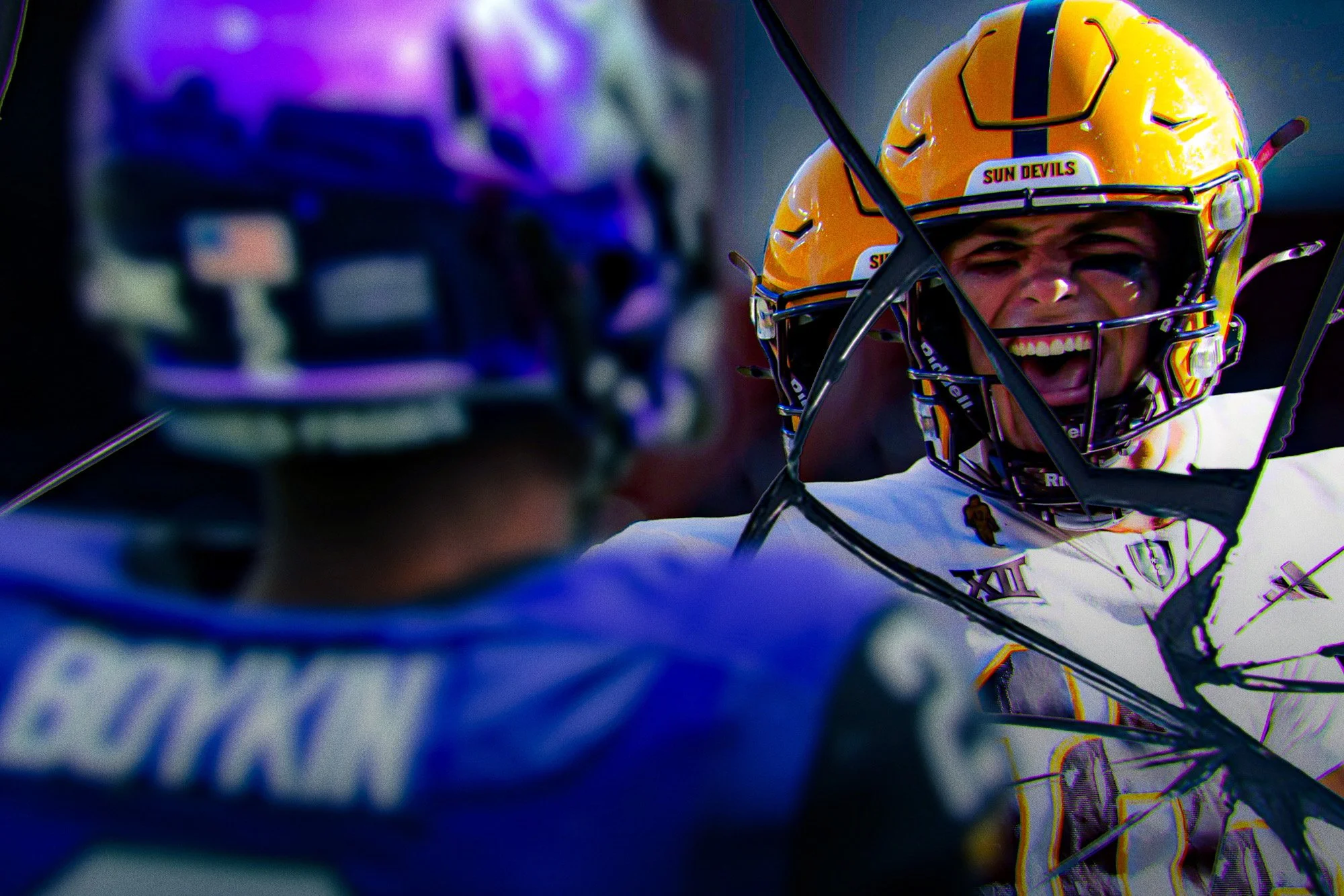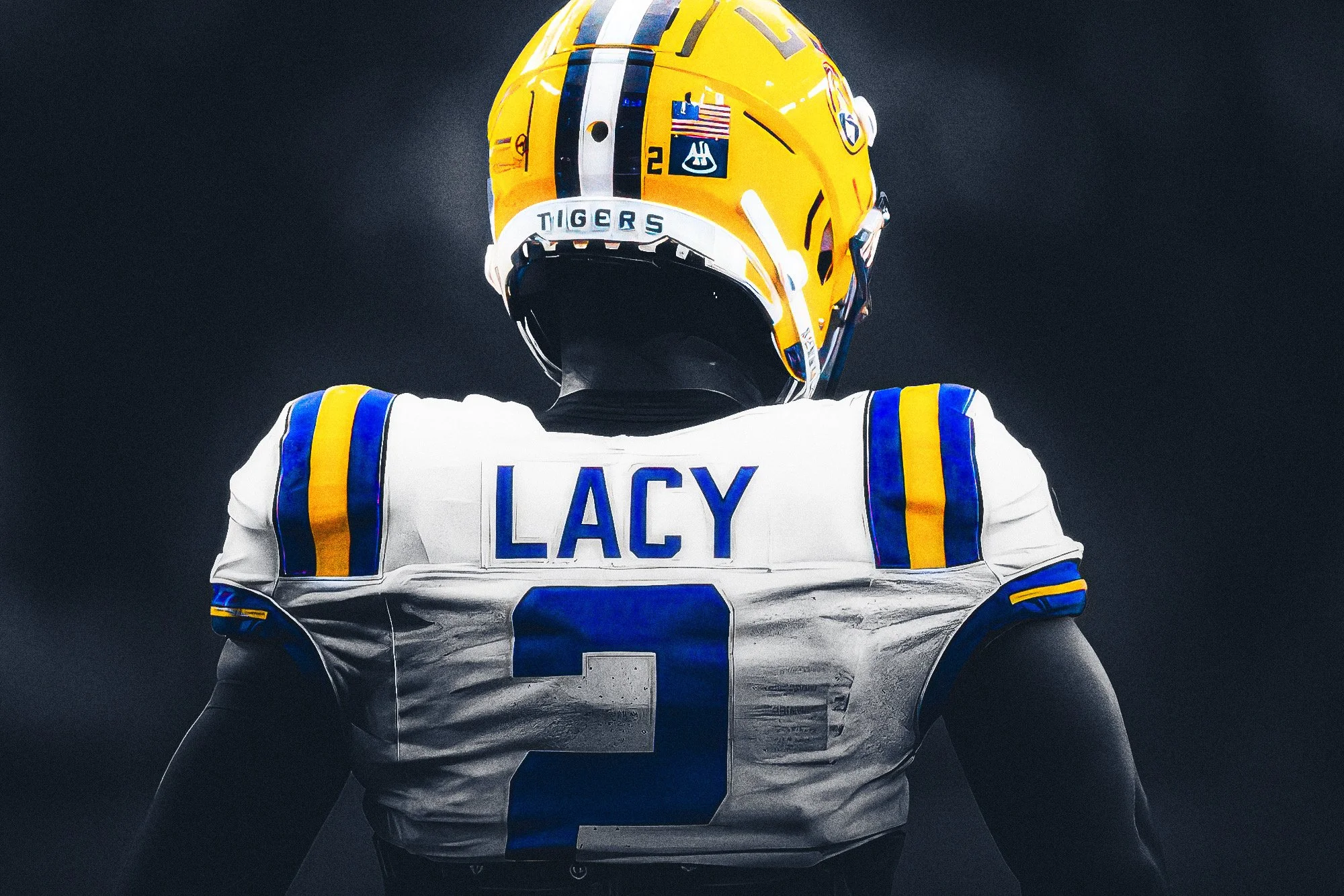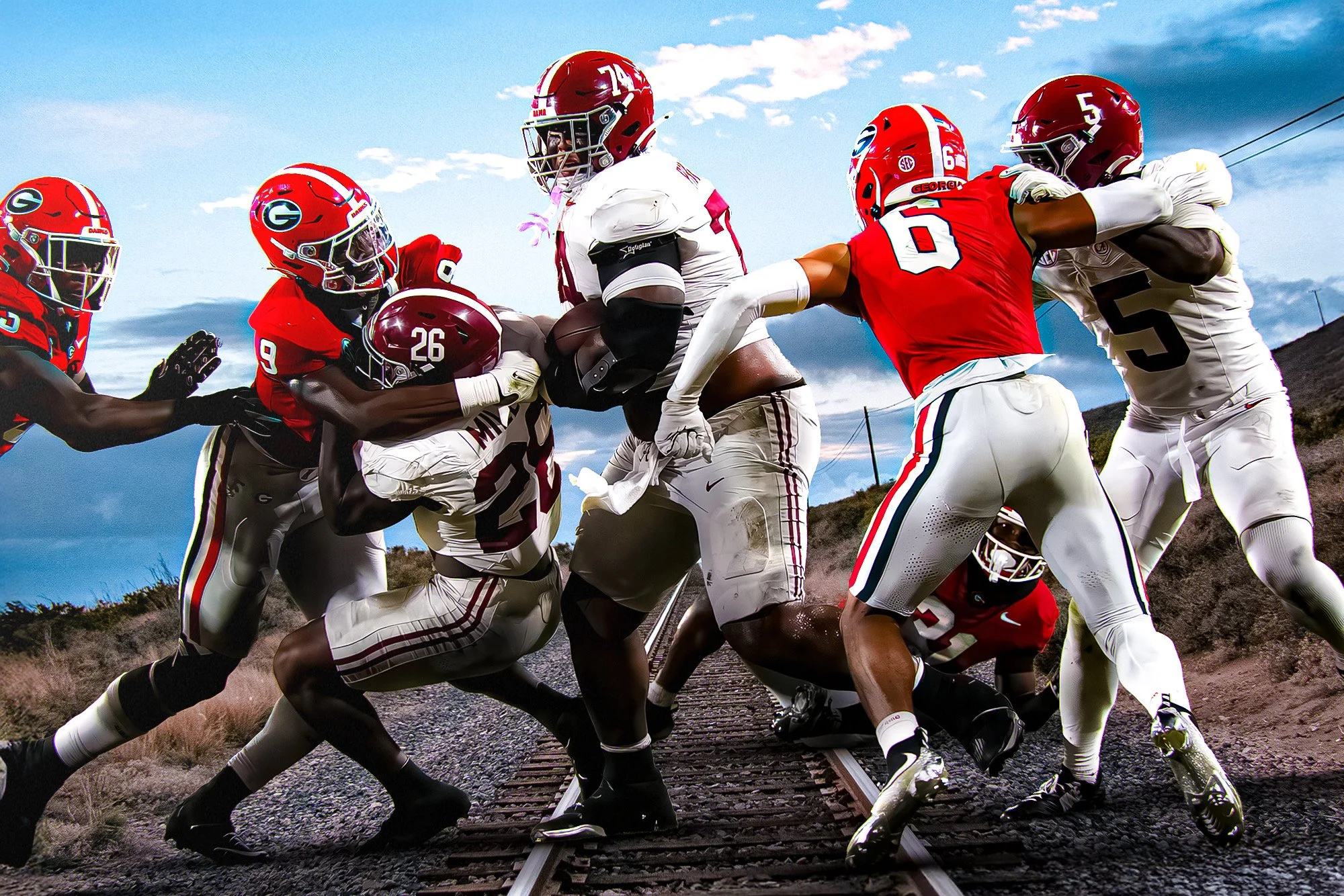FUNHOUSE MIRROR: THE BIG 12 ISN’T AS IT SEEMS
Matti Tenney - October 14, 2025
The Big 12 is college football’s greatest mystery. As conference realignment has spread its impacts across the country, they found themselves on the winning side. Losing Texas and Oklahoma to the SEC was a big hit for the conference, both being historic programs that generated high revenue.
From 2010 to 2013, the Big 12 was gutted. Colorado bolted for the Pac-12, Nebraska for the Big Ten, and Missouri and Texas A&M left for the SEC. In that same stretch, the conference scrambled to add West Virginia and TCU just to stay afloat. In the mid-2010s, things nearly got worse. Texas, Texas Tech, Oklahoma, and Oklahoma State were reportedly close to joining the Pac-12, if not for then-commissioner Larry Scott refusing to give Texas a larger media share over its own solo ESPN deal.
But the Big 12 survived, and now, it’s thriving. From 2023 to 2024, the conference added Cincinnati, Houston, UCF, Arizona, Arizona State, Colorado, and Utah. Under Commissioner Brett Yormark, the Big 12 announced a record $558 million distribution to its members this past year, up from $345 million in 2021.
People are starting to notice on the field as well. The Big 12 has become one of college football’s grittiest and most unpredictable conferences. Programs that used to fly under the radar are flipping the script. Last season, nine of the 16 teams appeared in the AP Poll at some point, the highest being surprise conference champions Arizona State, who reached #7 nationally.
Even within the conference, chaos has become the norm. The 2024 preseason Big 12 poll had Utah, Kansas State, Oklahoma State, Kansas, and Arizona as the projected top five. By season’s end, only Utah remained. The final standings featured Arizona State, Colorado, Cincinnati, Houston, and Utah in the top five. ASU had been picked dead last, Colorado 11th, Cincinnati 14th, and Houston 15th, meaning three of the projected bottom feeders ended up among the best teams in the league by December
To protect itself, the conference had already put a grant-of-rights deal in place last fall, promising schools like Air Force and UNLV a slice of the poaching-fee pie. That was meant to discourage future exits, but to the Pac-12, those payouts just look like another way of locking down the market. UNLV is an interesting team to note, as they have been on the Pac-12’s radar since the realignment started. The biggest obstacle there is UNLV and UN Reno insistence on staying together, as they have the same Board of Regents through the Nevada System of Higher Education.
This season hasn’t been quite as wild, but that’s only because the Big 12 is simply playing good football. Four teams started in the preseason Top 25, and through six weeks, seven have been ranked at some point. Only four teams currently have losing records, seven have one loss, two remain unbeaten, and four are still perfect in conference play. Offenses are averaging 32.3 points per game, while defenses are holding opponents to just over 21.
Conference realignment has definitely taken its toll on college sports across the country, but the losers lost just as much as the winners won. The Big 12 has been able to dig its way out of a whole like no other conference has. As things continue to shake up, don’t be shocked if the Big 12 stock keeps rising in the national conversation.
YOU MIGHT ALSO LIKE





The Big 12 was supposed to fade away after realignment. Instead, it’s rewriting the playbook. Underdogs have become contenders, and every Saturday feels like a new plot twist. In a world of predictions and odds, college football’s most unpredictable conference might also be its most entertaining.